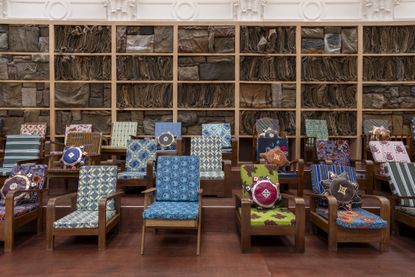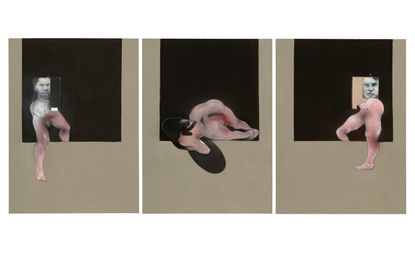Galleries
The best of global art galleries and museums, showcasing the best of what the world has to offer
-
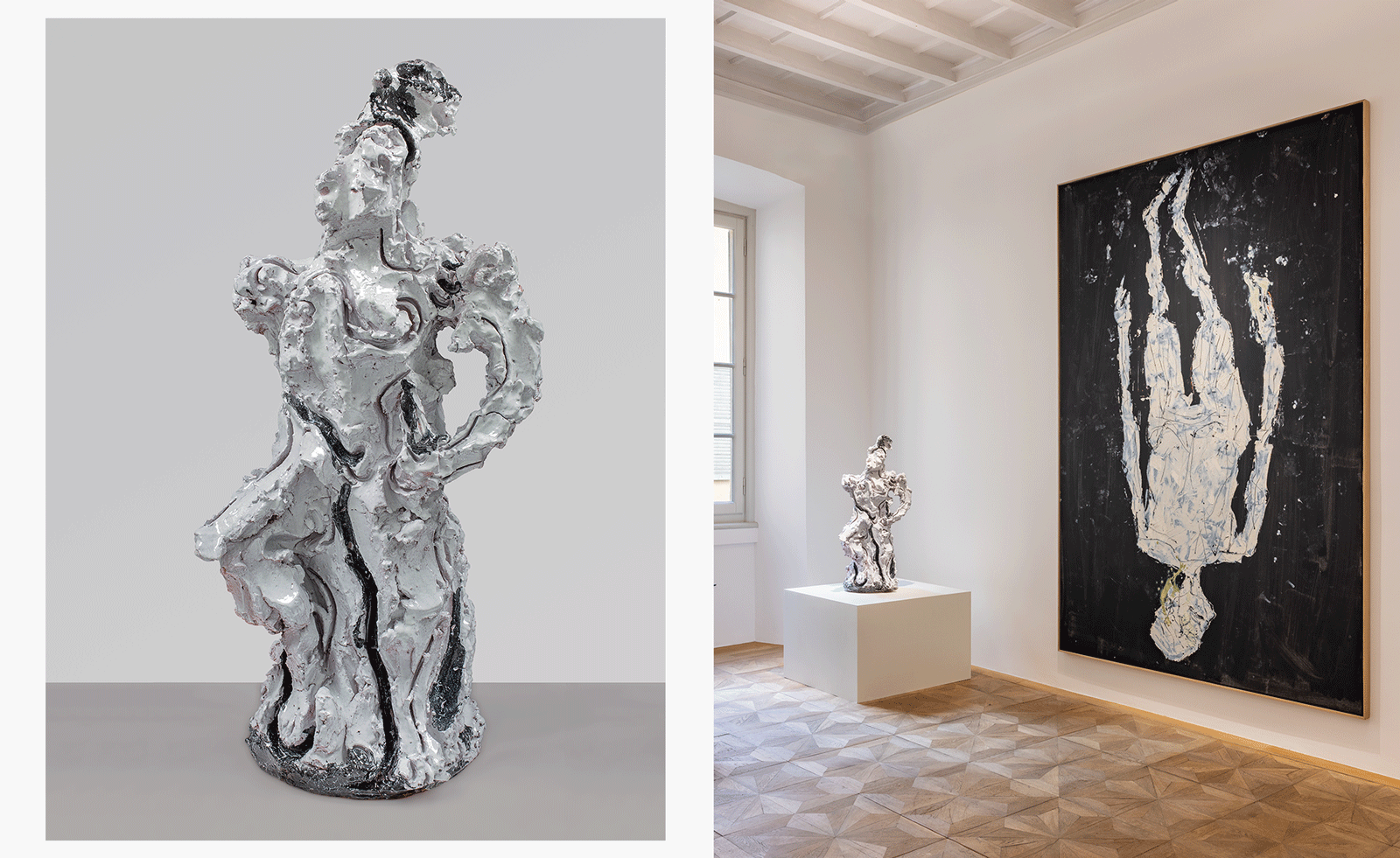
What to expect from Thaddaeus Ropac’s new Milan gallery
A stalwart among European galleries, Thaddaeus Ropac has chosen an 18th-century palazzo for its first venture into Milan
By Osman Can Yerebakan Published
-
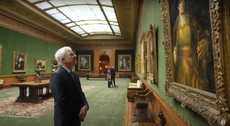
Steve Martin wants you to visit The Frick Collection
The actor has appeared in a video promoting New York’s newly renovated art museum
By Anna Solomon Published
-
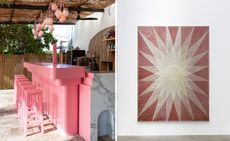
Ibiza is the new hotspot for contemporary art
Gathering Ibiza opens, a Balearic outpost of the London gallery, as founder Alex Flick hails the island’s emerging contemporary art scene
By Emily Steer Published
-
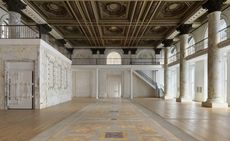
Sneak peek: inside Jack Shainman’s vast New York gallery
Jack Shainman’s new gallery space opens with ‘Broken Spectre’, a new film by Irish artist Richard Mosse
By Mary Cleary Published
-

Olafur Eliasson inaugurates Azabudai Hills Gallery in Tokyo
Olafur Eliasson marks launch of Azabudai Hills Gallery, in Tokyo’s major new district, with a show of elemental strength
By Danielle Demetriou Published
-
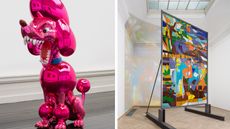
New gallery Albion Jeune joins London’s contemporary art scene
Albion Jeune founder Lucca Hue-Williams on her new London gallery and its debut show by Esben Weile Kjær
By Tianna Williams Published
-

Drift Museum, a blockbusting experiential space, is set to open in Amsterdam in 2025
Drift Museum is a collaboration between art duo Drift – aka Lonneke Gordijn and Ralph Nauta – and entrepreneur Eduard Zanen
By Hannah Silver Published
-
![Installation views of It’s not my job, it’s your job / Ce n’est pas mon travail, c’est votre travail at [mac] mus e d’art contemporain de Marseille, 2023](https://cdn.mos.cms.futurecdn.net/CC3pZWbdpNejcfiv4jeXBB-230-80.jpg)
Marseille’s Museum of Contemporary Art (MAC) reopens with a pop
Amidst social turmoil, Marseille’s Museum of Contemporary Art (MAC) reopens following a four-year facelift with a pop-coloured show by Paola Pivi
By Benoit Loiseau Published
-
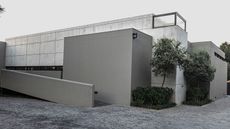
Roger Ballen’s Inside Out Centre for the Arts opens in Johannesburg
The Inside Out Centre for the Arts, founded by artist Roger Ballen, is Johannesburg’s newest hub for art related to the African continent
By Daniel Scheffler Published
-
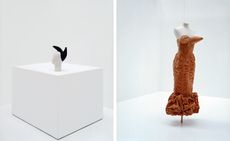
Dissecting fashion history: ’Anatomy of a Collection’ at Musée Galliera
By Dan Thawley Last updated
-

Inez van Lamsweerde and Vinoodh Matadin show, Amsterdam
By Harriet Lloyd Smith Last updated
-
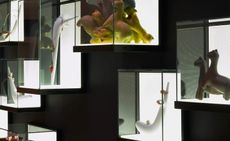
New Galerie BSL opens in Paris’ Marais district
By Shonquis Moreno Last updated
-
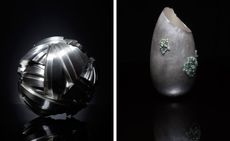
'Silver Speaks': an intimate show of precious contemporary works at the V&A
By Sujata Burman Last updated
-
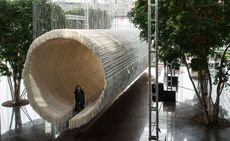
Light shows and pink feathers: how Art Basel 2015 took over Hong Kong
By Catherine Shaw Last updated
-
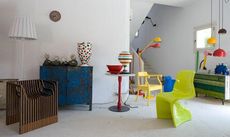
Rossana Orlandi Gallery 'pops up' in Sardinia
By Harriet Lloyd Smith Last updated
-

Ingleby Gallery, Edinburgh
By Harriet Lloyd Smith Last updated
-
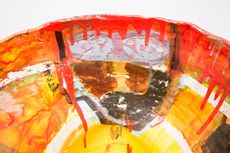
True colours: Roger Herman's vibrant vessels at Carpenters Workshop Gallery
By Henrietta Thompson Last updated
-
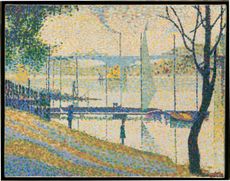
Learning from Seurat: Bridget Riley's remixes arrive at the Courtauld Gallery
By Nick Compton Last updated
-
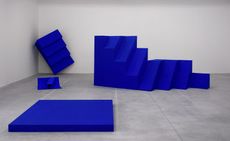
British sculptor Phillip King's primal works go on show across London
By Emma O'Kelly Last updated
-
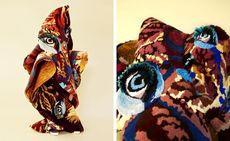
Generous gestures: Linder’s Dovecot collaboration, at British Art Show 8
By Nick Compton Last updated
-
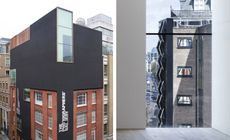
The Photographers' Gallery reopens in London
By Ellie Stathaki Last updated
-
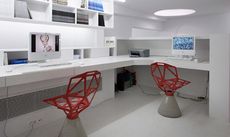
Breeder gallery, Athens
By Harriet Lloyd Smith Last updated
-
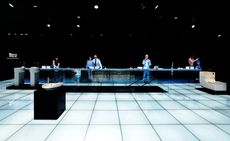
Clean living: MAD Architects design a sparkling new gallery for Roca in Beijing
By Ellen Himelfarb Last updated
-
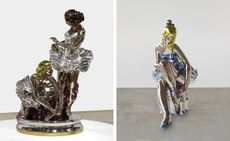
Ready-made success: Jeff Koons reflects at Almine Rech Gallery, London
By Elly Parsons Last updated
-

A sense of refuge: Gregory Crewdson finds solace with ‘Cathedral of the Pines’
By Jessica Klingelfuss Last updated
-
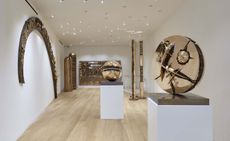
Impossible angles: a new show of Arnaldo Pomodoro’s sculptures at Tornabuoni Art
By Tom Howells Last updated
-
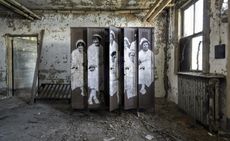
JR puts New York centre stage, from ballet to Ellis Island
By Jessica Klingelfuss Last updated
